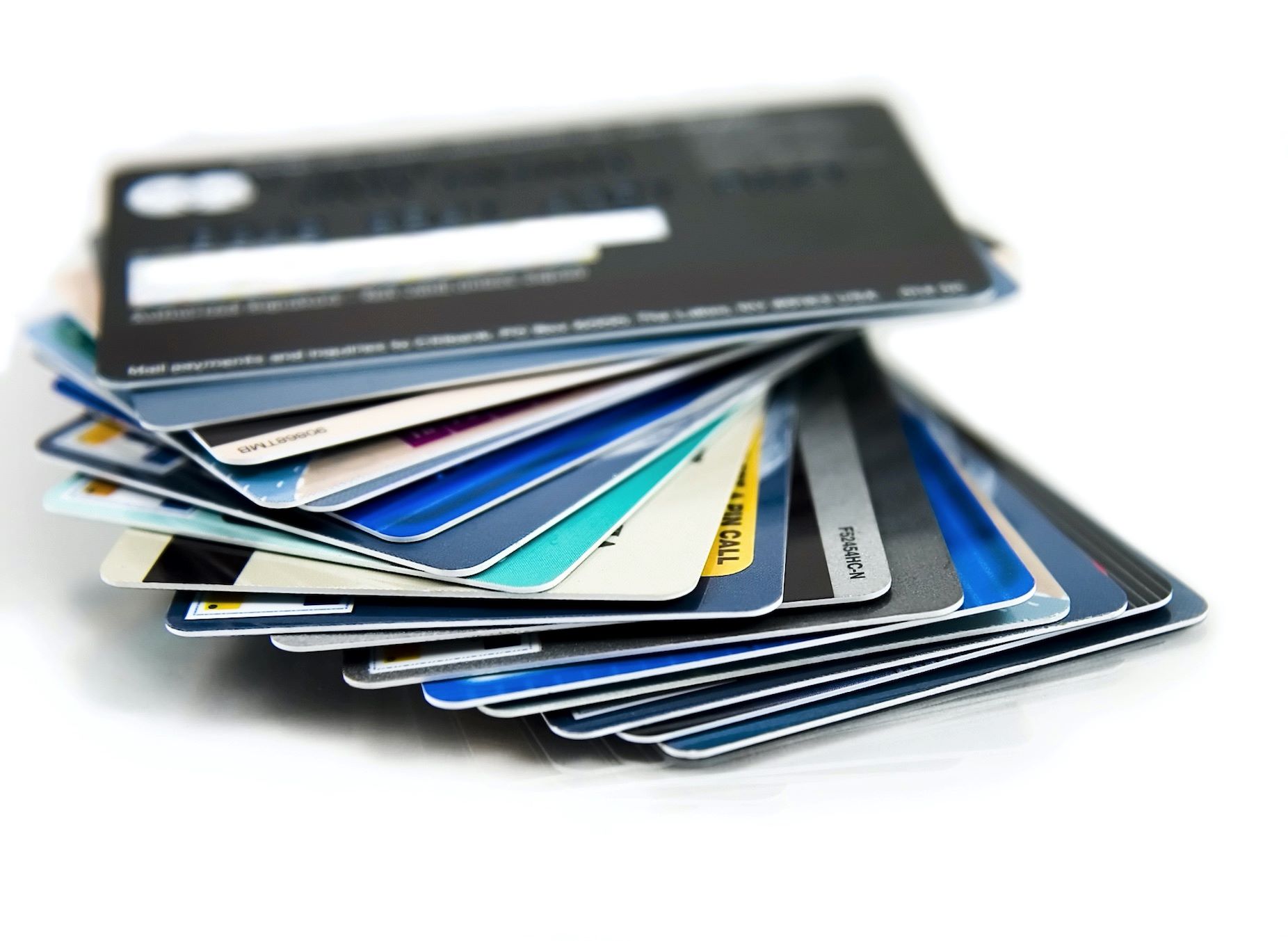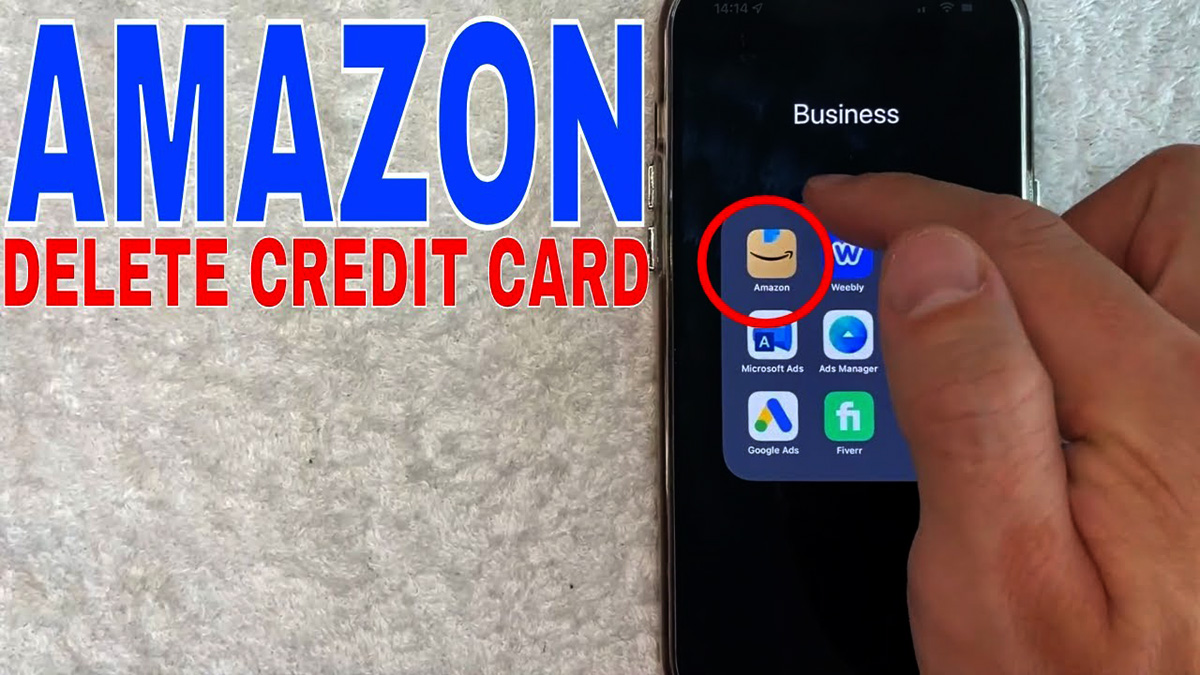

Finance
Card-Present Fraud Definition
Published: October 23, 2023
Discover the meaning of card-present fraud in the realm of finance. Understand how this type of fraud occurs and how businesses can protect themselves.
(Many of the links in this article redirect to a specific reviewed product. Your purchase of these products through affiliate links helps to generate commission for LiveWell, at no extra cost. Learn more)
Understanding Card-Present Fraud: A Definitive Guide
Welcome to the newest addition to our Finance category! In today’s post, we dive into the world of card-present fraud, bringing you a comprehensive guide that sheds light on this prevalent issue in the financial industry. If you’ve ever wondered what card-present fraud is, how it works, and the steps you can take to protect yourself, then you’re in the right place.
Key Takeaways:
- Card-present fraud occurs when a fraudster gains unauthorized access to someone’s payment card information through physical theft or skimming devices.
- It is crucial to stay vigilant and employ various protective measures such as EMV chip technology and keeping close tabs on your financial statements.
Card-present fraud, also known as point-of-sale (POS) fraud, refers to the unauthorized use of a payment card during an in-person transaction. Unlike its online counterpart, this type of fraud occurs when a fraudster physically obtains the payment card information from the card itself or through skimming devices.
So, how does card-present fraud work? Let’s take a closer look:
- Skimming: One of the most common methods is skimming, where fraudsters capture the card information using devices installed on legitimate card readers. These devices, often undetectable to unsuspecting customers, record the card’s magnetic stripe data for later use.
- Card Theft: Another method involves the physical theft of the payment card. In such cases, criminals may steal the card directly from unsuspecting victims or use distraction techniques to gain access to the card.
- Counterfeit Cards: Fraudsters may clone the card details obtained from skimming or theft onto counterfeit cards, which they then use to make fraudulent purchases.
Now that we understand how card-present fraud occurs, it’s crucial to focus on prevention and protection. Here are some key tips:
- Use EMV Chip Technology: EMV (Europay, Mastercard, Visa) chip technology provides an additional layer of security compared to traditional magnetic stripe cards. With EMV cards, a unique transaction code is generated for each purchase, making it harder for fraudsters to clone or use stolen card information.
- Keep a Close Eye on Your Financial Statements: Regularly monitor your bank and credit card statements for any suspicious transactions. Reporting any unauthorized charges promptly can help mitigate the damage caused by card-present fraud.
Remember, staying vigilant and adopting preventive measures is crucial in safeguarding yourself against card-present fraud. By understanding the methods used by fraudsters and taking proactive steps, you can minimize the risk and protect your hard-earned money.
We hope this guide has provided you with valuable insights into the world of card-present fraud. Feel free to explore our Finance category for more informative articles to help you make informed financial decisions.














